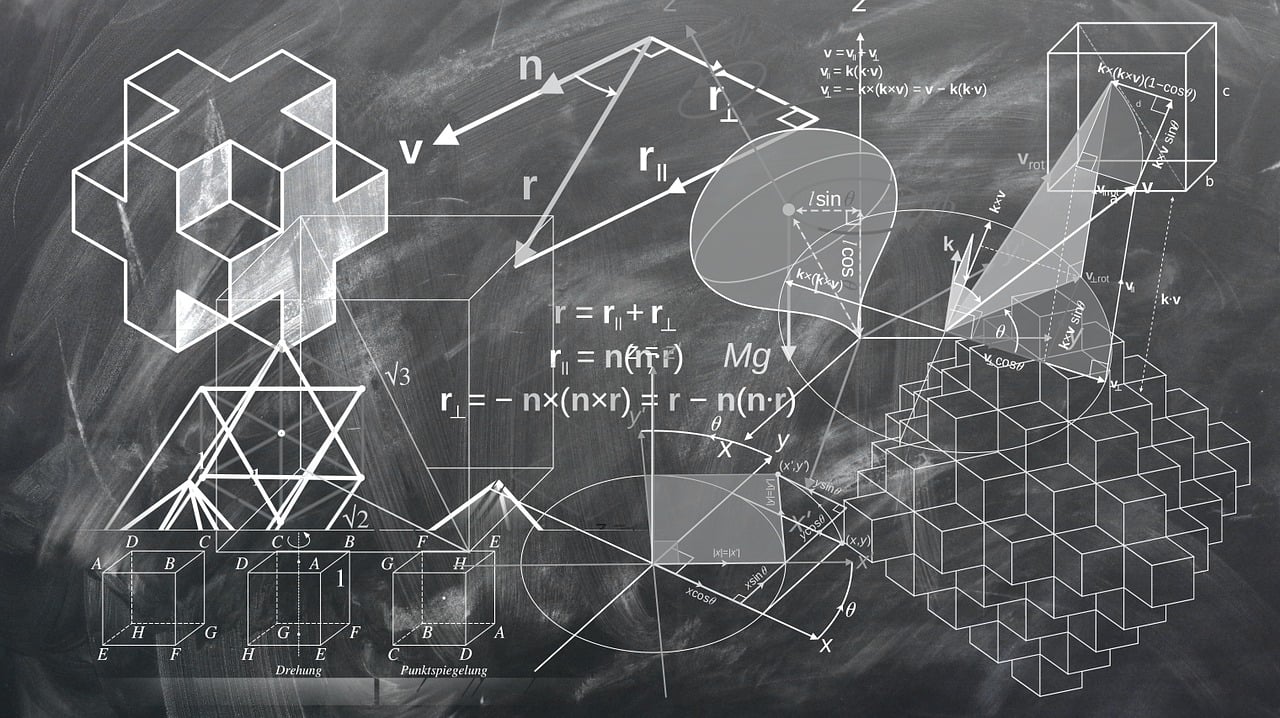
The irregular is not uniform nor does it conform to a rule.
Irregular is an adjective that allows us to name what is outside the rule or contrary to it . The term, coming from the Latin irregularis , is opposite to regular , which is that which is adjusted and conforms to a rule, uniform or that does not suffer great variations.
For example: “The tender was irregular since it was not subject to the usual controls by the supervisory bodies” , “The electrical connection of the factory is irregular: it does not comply with the parameters required by law” , “We need to normalize this irregular activity to avoid accidents and other problems” , “The government must persecute anyone who offers irregular employment and violates the rights of workers” .
Characteristics of something irregular
Irregular is also one or something that does not always perform in the same way or that does not present the same behavior .
The concept also allows us to point out what does not happen ordinarily : “My work is irregular, I have good months and bad months,” “The team showed irregular performance throughout the tournament, with ups and downs,” “I assure you that this is irregular, we don't usually have these problems” , “If it weren't so irregular, this tennis player would be part of the Top Ten” , “I can't understand what happened: this event was somewhat irregular” .

The notion of irregular is used in geometry.
The concept in geometry
For geometry , an irregular polygon (or polyhedron) is one that is not regular, that is, its sides (or faces) and angles are not equal to each other. Proof of this is that all its vertices cannot be part of the same circle, as is the case, for example, with a square. One of the advantages of irregular polygons over regular ones is that their construction does not require the use of a compass, but rather a ruler or guide is enough to join their vertices.
There is, however, a limitation when constructing an irregular polygon: it is not possible to join one point to two or more, but the connection must be one to one. The classification of irregular polygons is equivalent to that of regular polygons, since they are distinguished according to the number of sides that make them up; In this way, we find triangles, pentagons, decagons and hectogons, among the infinite possibilities.
Calculating the perimeter of an irregular polygon is very simple: you simply have to add the length of each of its sides. With respect to its area, it is necessary to resort to the technique known as triangulation , which consists of dividing a polygon into as many triangles as possible (it should be mentioned that quadrilaterals are also accepted); Once these figures are obtained, we simply proceed to find out their areas and, finally, they are added to find the area of the irregular polygon of which they are part.
Notion of irregular in grammar
Grammar , finally, maintains that irregular is everything that, in a language , deviates from the type that is considered normal. For example, irregular verbs are those that do not follow the conjugation model of love, fear and leave when conjugated. In other words, the stem of an irregular verb undergoes modifications in its stem when it is conjugated, unlike what happens with the three aforementioned.
This can be clearly seen if we take the verb "caber" as an example and conjugate it in the present tense of the indicative mood, since in "quepo" , for example, there are no traces of the root ca- . Other verbs that belong to this group are "feel" , "arrive" , "know" , "overcome" and "understand" ; Note that the variations are not always as evident as in the case of "fit" . On the other hand, there are defectives, an interesting subgroup of verbs that cannot be conjugated in all persons or tenses; such is the case of "raining" .
